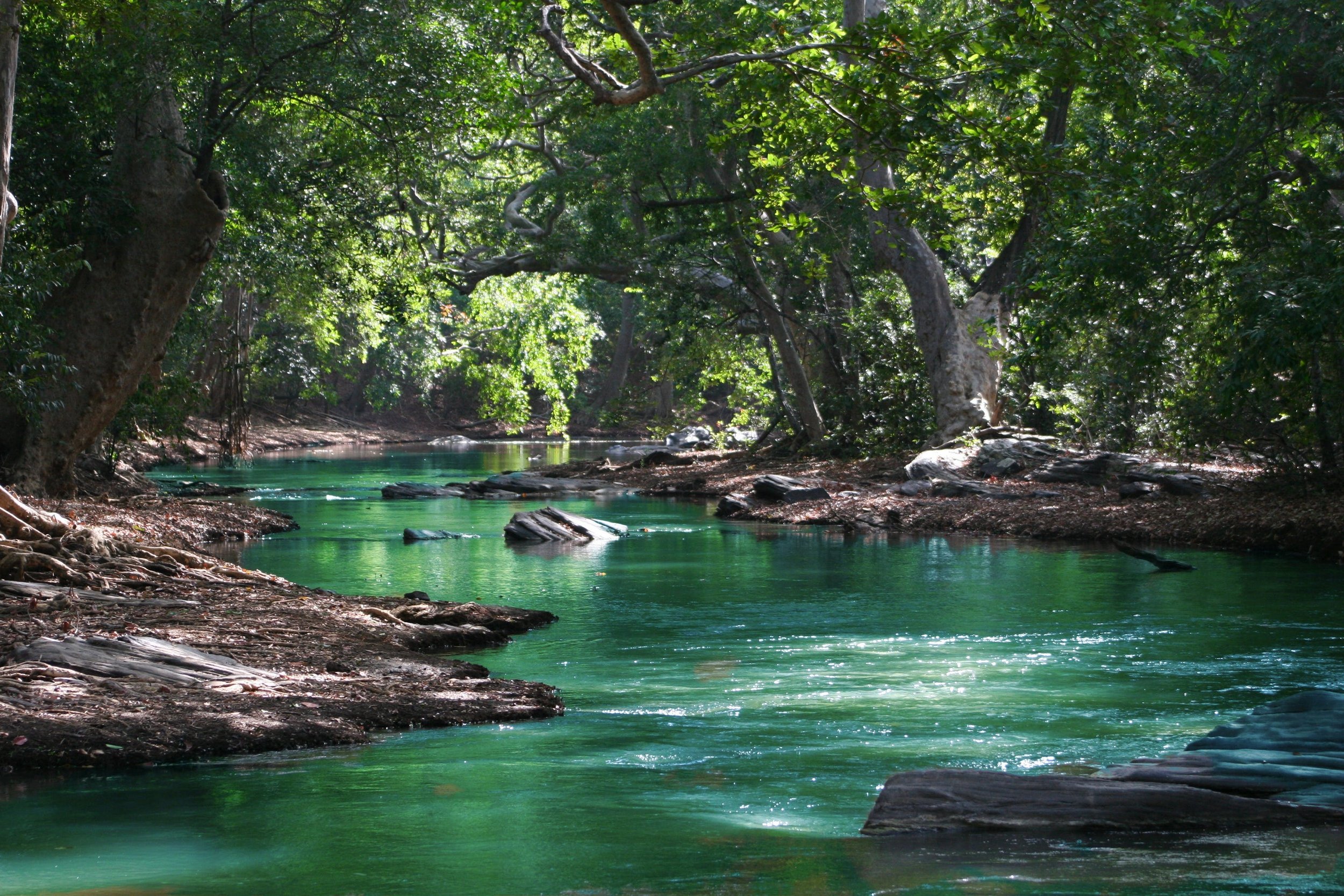
Our aim is to diagnose multi-contaminant water pollution hotspots and hot moments and understand their key drivers to predict their importance for water quality dynamics across scales by focussing on experimental observatories as multi-scale demonstration sites in intensively managed landscapes.
Improving our understanding is key.
The successful implementation of policies and management practice supporting the delivery of the UK 25 Year Environment Plan and the US Clean Water Act require improved mechanistic understanding of the physical and chemical processes controlling river water quality characteristics. To design and implement future management strategies in the face of climate and environmental change it is essential to evaluate the relative impact of non-linear pollution hotspots and hot moments on river basin scale water quality dynamics. This will require quantifying how the spatial and temporal footprint of these hotspots and hot moments changes throughout dynamic pollution events or periods and propagates through river networks, improving our understanding of changing local exposures in river basins as well as large scale mass fluxes of pollutants and their downstream exports. The current sensor and big-data revolution provides unprecedented opportunities for a step change in our approach to identifying and understanding the sources and interactions of water pollution in complex landscapes.
—
Our Objectives
Our multi-disciplinary team creates a unique opportunity for transformative research to unravel the complex physical, chemical, and biological controls that determine water quality by combining next generation water pollution monitoring, big data analysis, numerical models and existing catchment knowledge to generate the basis for decision-support frameworks and improved water quality management.
-
To diagnose multi-contaminant water pollution hotspots and hot moments by innovating the deployment of next generation high frequency in-situ adaptive water quality sensor platforms.
-
To understand the dynamic changes to the scales at which pollution hotspots and hot moments affect catchment water quality by developing smart water quality monitoring network solutions that track water pollution during pollutant transfer events from point to river basin scales.
-
To create data science innovations that enable pollution sources to be diagnosed and to improve our understanding of the mechanisms controlling connectivity between pollution sources and river networks as drivers of pollution hotspots and hot moments.
-
To pioneer models utilising smart water pollution data to improve predictive capacity at river basin scale and quantify the relative importance of pollution hotspots and hot moments.
-
To co-create pathways for practical and policy relevant interventions to deliver effective water quality management.

